Filters have been around since the beginning of photography. Most of them were used in film and analogue photography because different materials have specific reactions to certain wavelengths of light. Here are some of the most commonly-used filters.
UV filter
This is the most popular and most frequently-sold filter on the market. These filters were useful in analogue photography since UV light tended to create blueish tones and fringes on film, but the visual effects in digital photography are really not that great. I own one, and to be honest, I can see no perceptible difference in the resulting image. As far as I've tested it, there is no evidence of improvement in the photo. I've tested all areas that UV filters are advertised as correcting – color fringing, glare, flare – and I've seen no improvement in anything. It actually made things worse in one instance in which a 58mm UV filter was used with the kit lens, since it inexplicably introduced more color fringing at the widest angle.
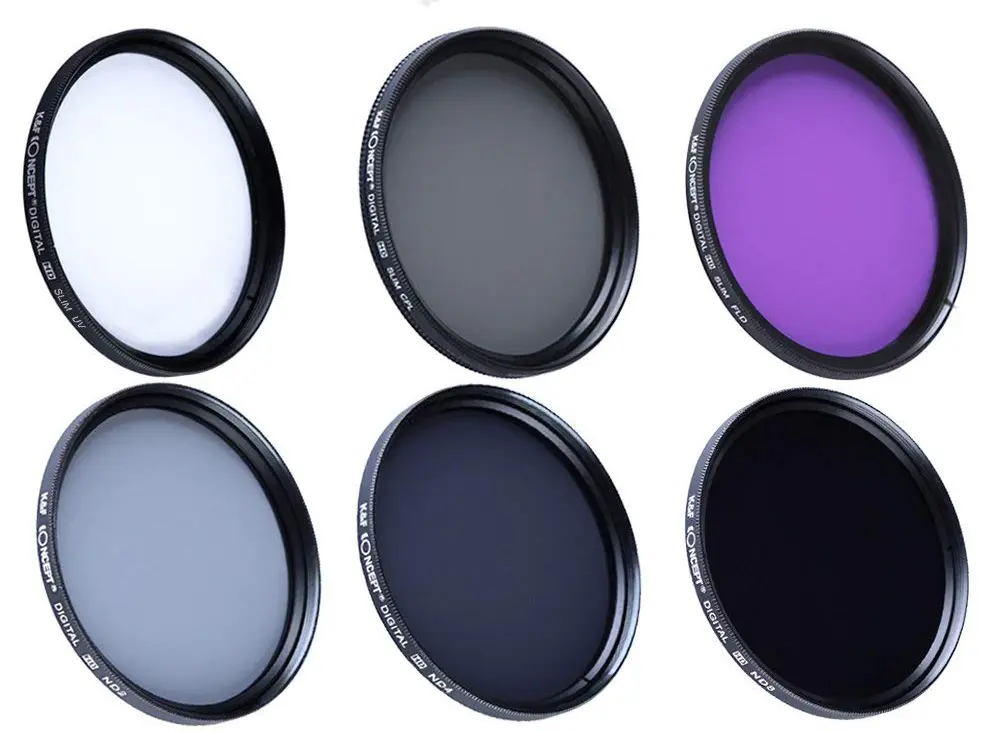
The only practical use for this filter that I can see is protecting the front element from dust particle scratching. It won’t provide protection for the front element against hard hits, because any impact with the force to break the thin filter glass will probably also damage the front element, anyway. If nothing else, the shards of broken filter glass themselves would be sharp enough to damage the front element.
Neutral Density Filters
These fall under 3 categories: regular neutral density filters, gradual neutral density filters, and circular neutral density filters. Regular neutral density filters are simply made of dark glass which reduces the amount of light hitting the lens, effectively increasing the exposure by a set amount of stops. Filters are often labeled by the amount of light that they block. Gradual neutral density filters are a bit different since they don't stop the light completely, but gradually fade off, instead. Therefore, you can darken the sky without having the foreground darkened. This filter is most often used by landscape photographers.
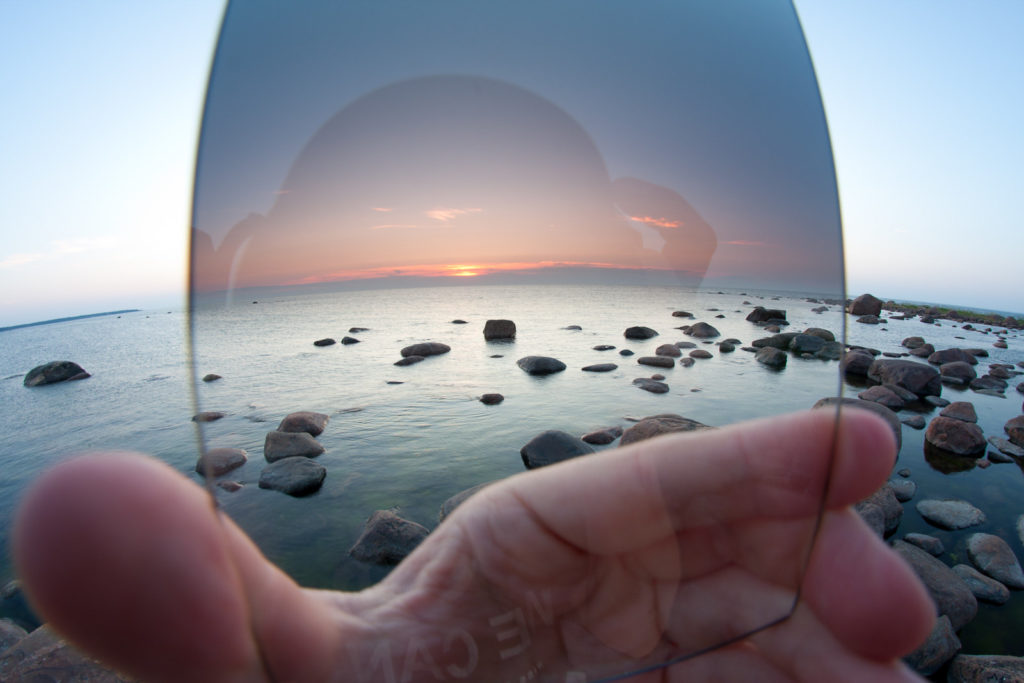
Circular neutral density filters are the favorite of the common videographer, since they are actually two-part filters, one part being stationary, and one rotary. The rotary part determines the amount of light that will be blocked, so you can control the darkening effect the filter has by rotating the front part of the filter. That is why videographers love it so much – it gives them greater control of the light in providing them with two options: either manipulate the ISO, or adjust the circular neutral density filter.
Polarizing Filters
You might have heard the term “polarizing” in relation to sunglasses. What polarizing actually does is remove reflections from nonmetallic surfaces. This is really useful when photographing water, since it enables you to more clearly see and photograph subjects located beneath the surface. These filters come in two types: regular and circular. As with the circular neutral density filter, the circular polarizing filter is a two-part filter in which the rotating portion controls the effect. While the polarizing filter doesn't work for metallic surfaces, it is oddly effective on the surfaces of most cars. I've presumed that this is due to the paint and polish covering the body of the car.
Colored Filters
The function of this type of filter is pretty self-explanatory. The filter essentially colors light passing through it, giving the photo a color cast. You won’t find many of these filters floating around (I'm referring to filters made for lenses; you’ll easily find filters for lights, of course), as the effect is easily replicated in Photoshop. It doesn't really require that much of a skill to use this technique.
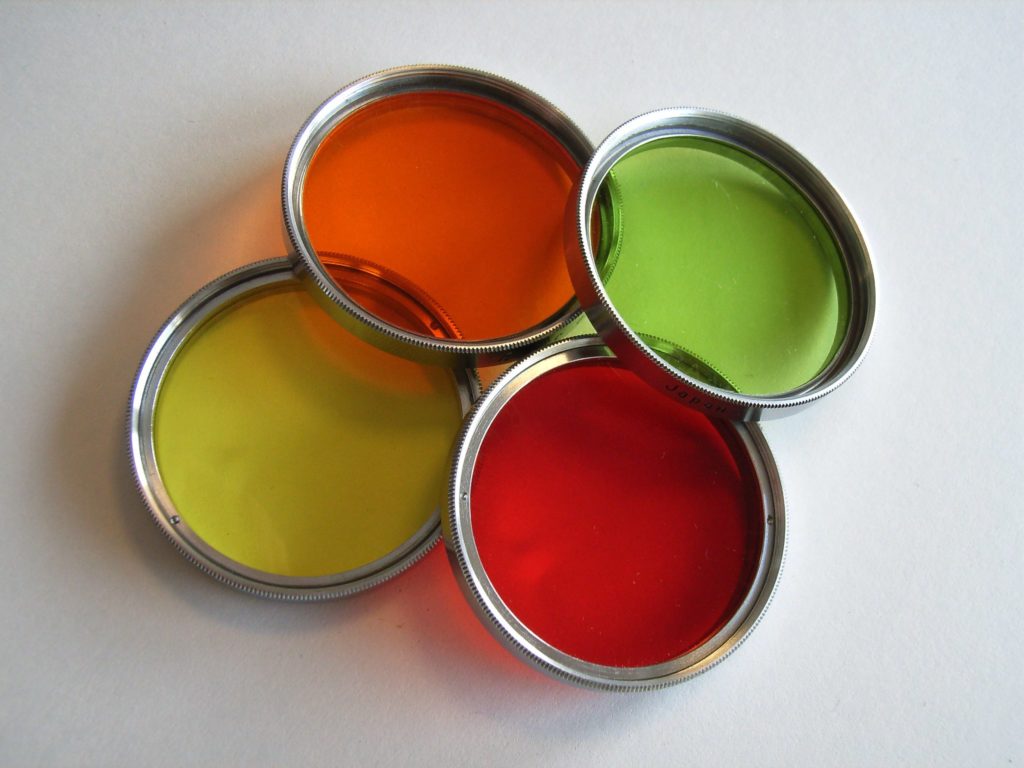
Back in the days of black-and-white analogue photography, these kinds of filters were quite popular. They allowed the photographers of the day to create certain contrasts depending on the filter color. Yellow filter was the most popular one since it darkened the sky a bit, making the clouds “pop” a bit more.
Accessories
Filter holders are probably the best way to invest in filters, if you have a larger lens collection. What filter holders do is really simple: they allow for the use of larger square filters which slide into a slot in the holder, which in turn, is mounted onto the lens. This way, you can have one filter set that fits all the lenses using the adapter rings that the filter holder has.
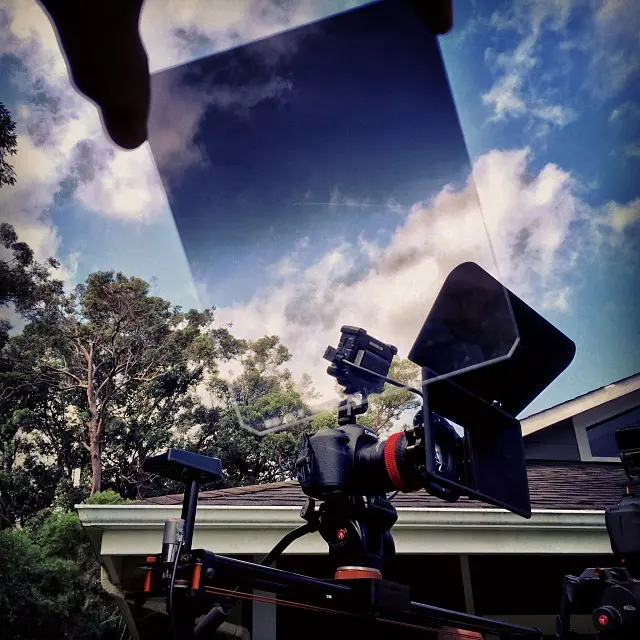
Additionally, the gradual neutral density filters can be slid up or down in the filter holder in order to control the position of the graduated portion for better compositions. The only downside here is that you can’t use lens hoods with this type of set-up.
Another option for having filters that fit more lenses is to get step down rings. For example, you could buy the filter in the largest diameter available, and then get a step down ring so that you can fit it on a lens with a smaller diameter. This works great if you don’t have to use a lens hood, since the diameter of the filter might prevent the use of a lens hood, but this isn't always the case, because it all depends on the diameter of the lens.

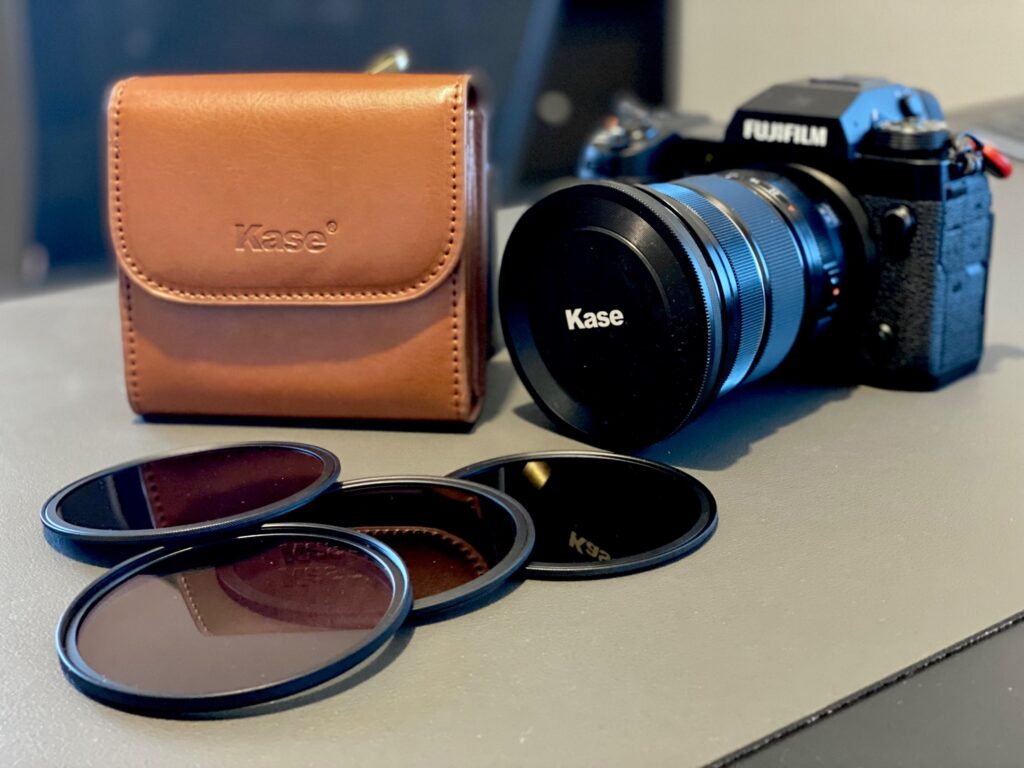
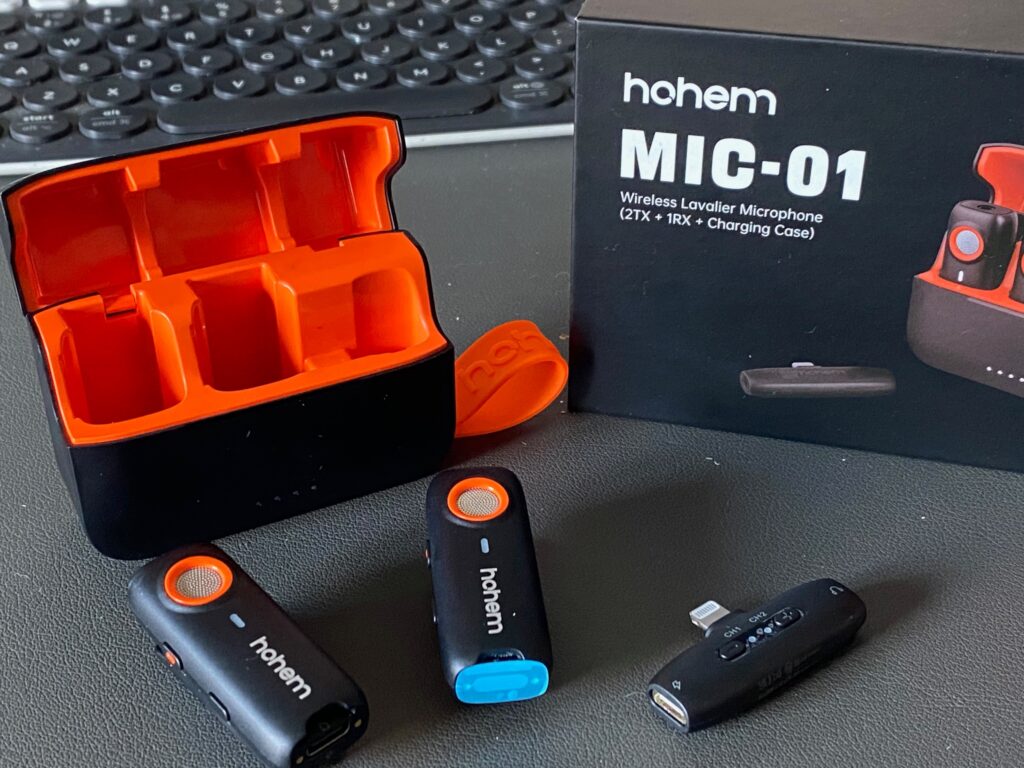
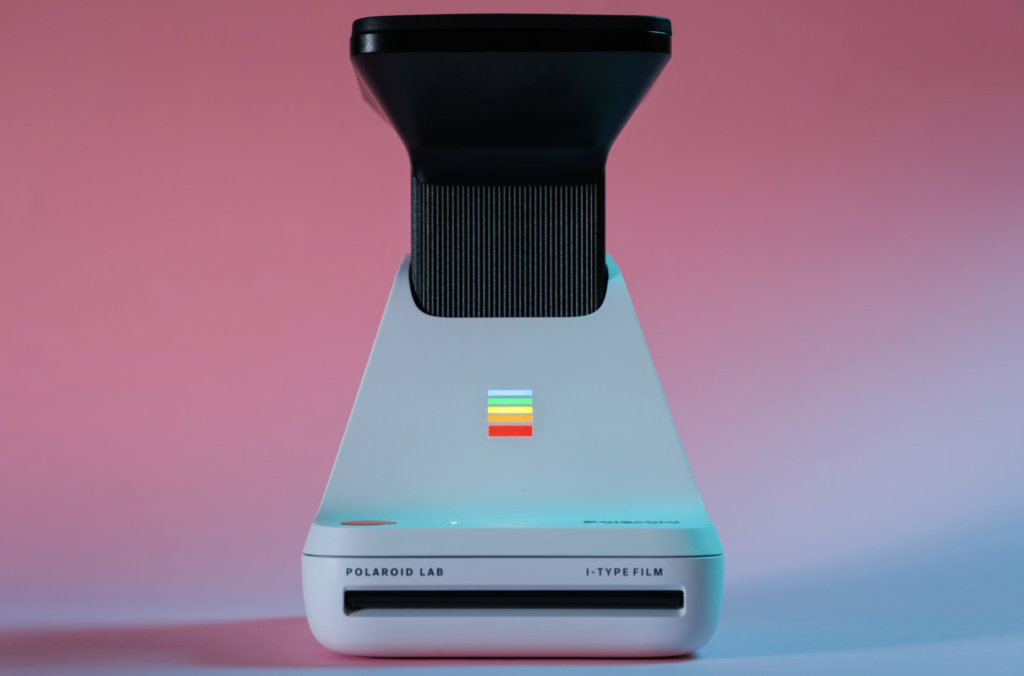

2 Comments
Thank you so much. I am beginning with DSLR photography, and that clearly explained what the use of filters is about
I love simple and that is just what you’re article is! Thank you; it helps me a lot.